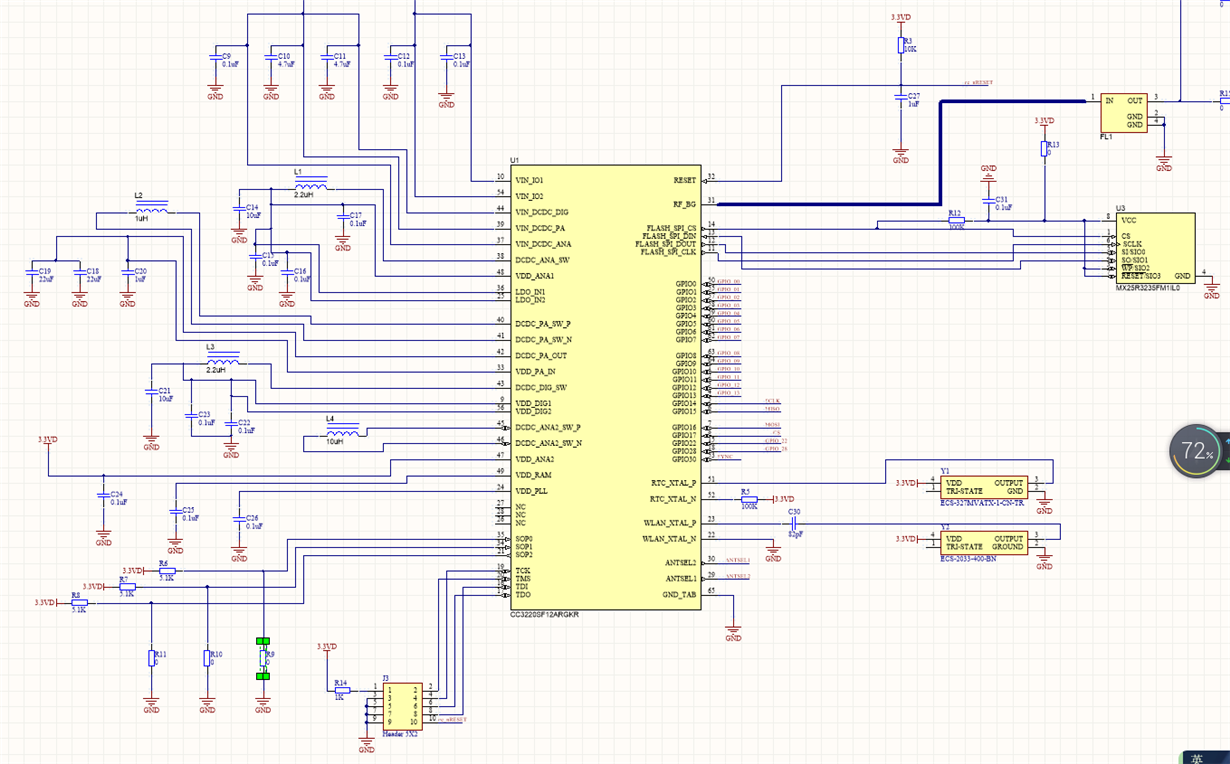Other Parts Discussed in Thread: UNIFLASH
Tool/software: Code Composer Studio
Error connecting to the target:
(Error -2131 @ 0x0)
Unable to access device register. Reset the device, and retry the operation. If error persists, confirm configuration, power-cycle the board, and/or try more reliable JTAG settings (e.g. lower TCLK).
(Emulation package 9.2.0.00002
The sop pin is 010 level

 , the TDI, TDO, TMS and TCK pins of SDX110 are connected to my board. The following is the schematic diagram. Is it the hardware soldering problem or the problem with my schematic design?
, the TDI, TDO, TMS and TCK pins of SDX110 are connected to my board. The following is the schematic diagram. Is it the hardware soldering problem or the problem with my schematic design?

